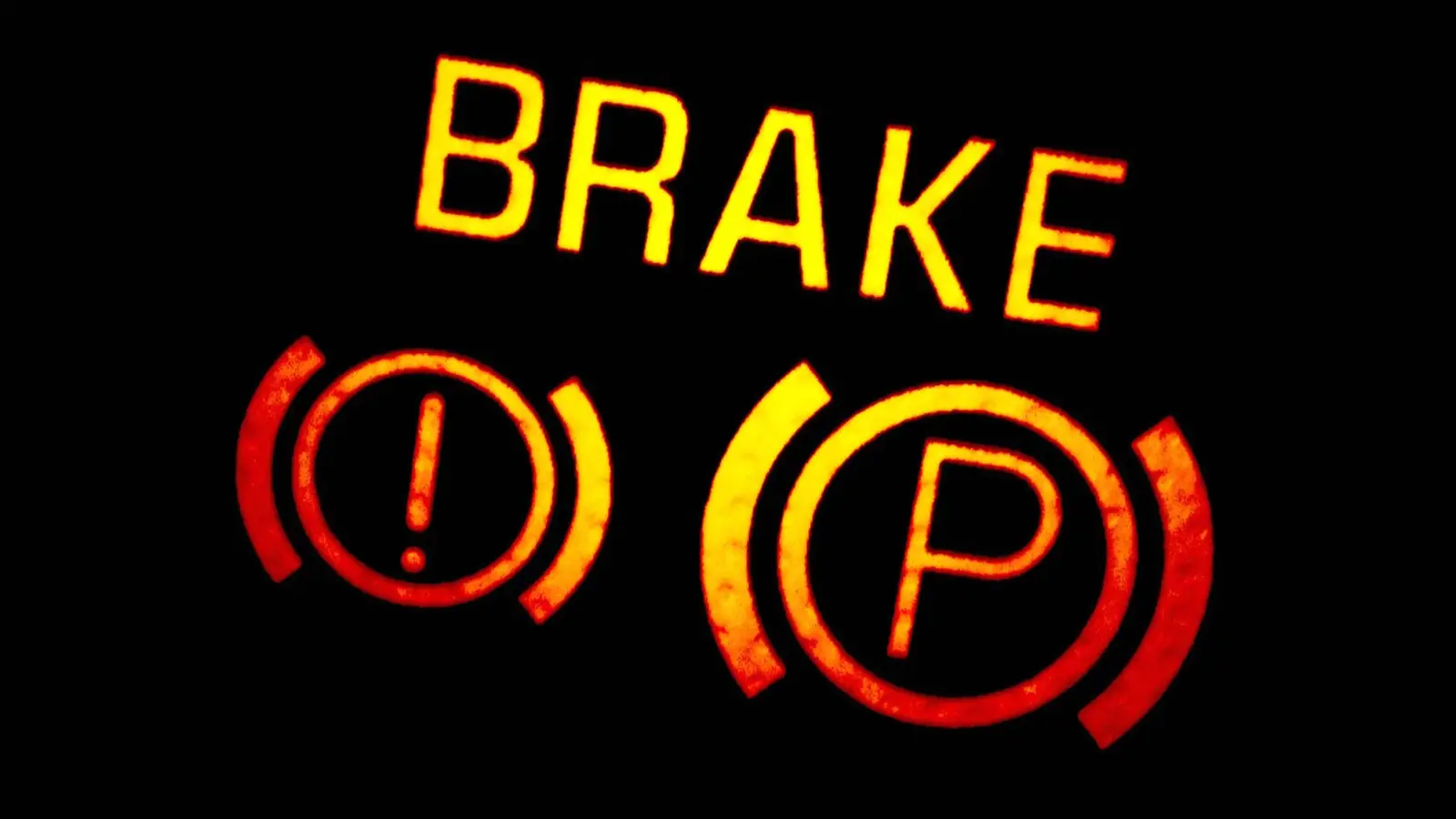Articles
How to Brake Safely in Emergencies on Wet or Slippery Roads

Learn expert emergency braking techniques for wet roads and skids. Stay safe with instructor-approved tips for vehicles with and without ABS.
Emergency braking isn’t something most drivers think about—until the moment comes when they have no choice. And when it happens on a rain-slicked road or during a sudden skid, every second counts. Based on expert insights from certified driving instructors, here’s how to stay in control when the unexpected happens.
Wet Roads: Stay Smooth and Steady
On wet pavement, your stopping distance can increase by 50–100%. Sudden movements are your enemy. Instructors recommend slowing down in advance and maintaining a safe following distance. If your car is equipped with ABS, apply firm and steady pressure on the brake pedal—let the system do its job. Without ABS, use the cadence braking technique: press and release the brake pedal rhythmically to avoid wheel lock-up.
Handling a Skid
Skids can catch anyone off guard. In a front-wheel skid (understeer), ease off the gas and steer gently where you want to go. In a rear-wheel skid (oversteer), steer in the direction of the skid and avoid slamming on the brakes. Above all, stay calm and avoid sudden corrections.
Understanding ABS
ABS is only effective if you fully press and hold the brake pedal. The pulsing sensation under your foot is normal—it means the system is working. Some drivers mistakenly ease off at this point, which reduces ABS effectiveness.
Without ABS: Learn Cadence Braking
If your car lacks ABS, cadence braking is your best option. This means applying the brakes quickly but not aggressively, and lifting off just before the wheels lock. It takes practice, so instructors strongly suggest training in a safe, controlled environment.
Engine Braking: A Hidden Ally
Engine braking is crucial on slippery roads or steep descents. Downshifting allows the vehicle to slow down naturally without relying on the brake pedal, reducing the risk of wheel lock or brake fade.
Practice Makes Prepared
Ultimately, safe emergency braking is a skill best developed through training. Defensive driving courses and skid control schools offer hands-on experience that builds confidence and reflexes. The more prepared you are, the more likely you’ll make the right move when it counts.
2025, Mar 26 23:30


